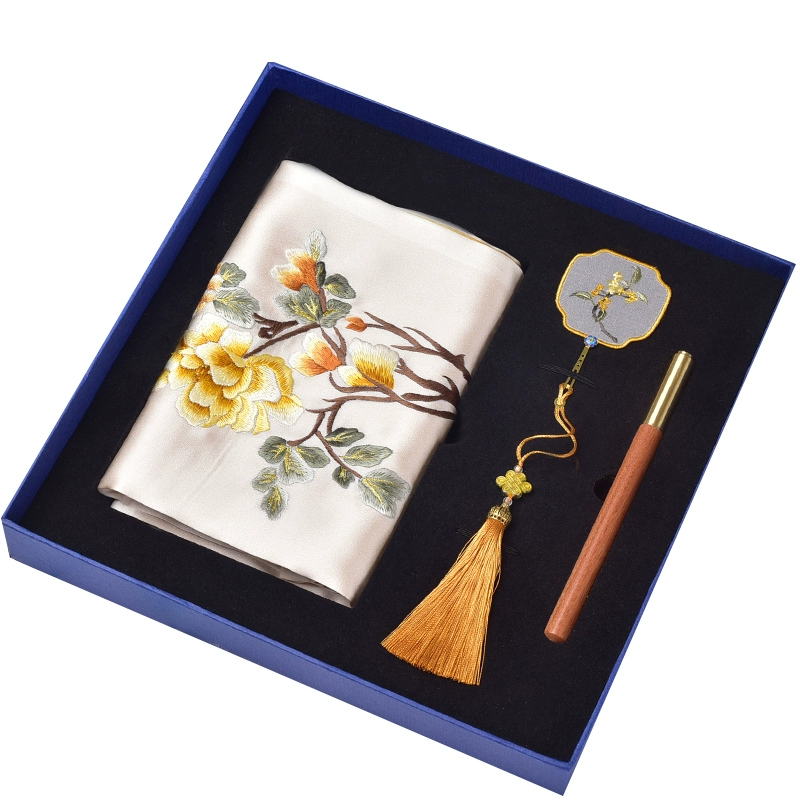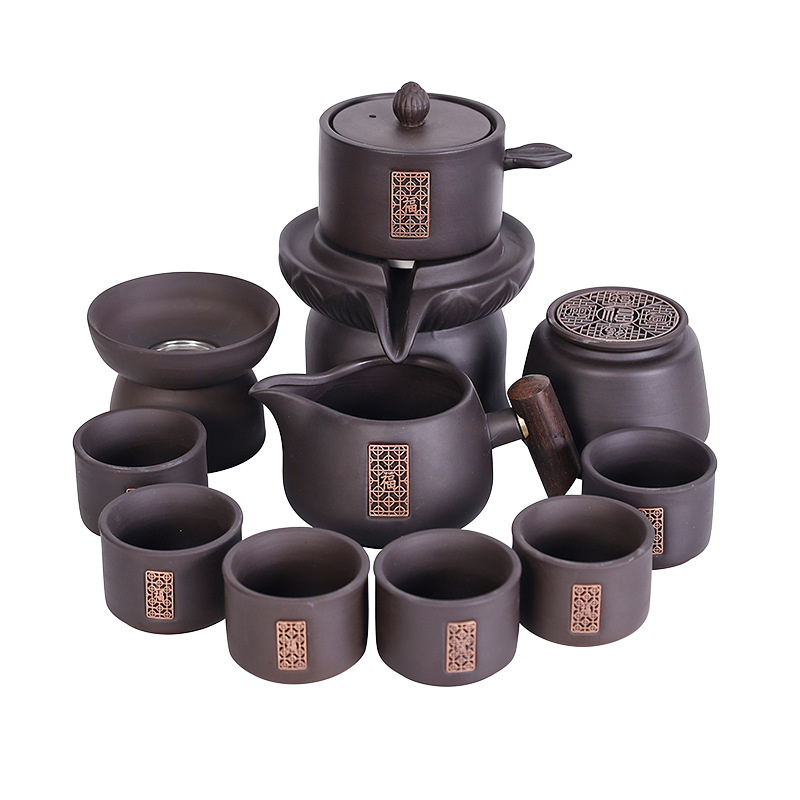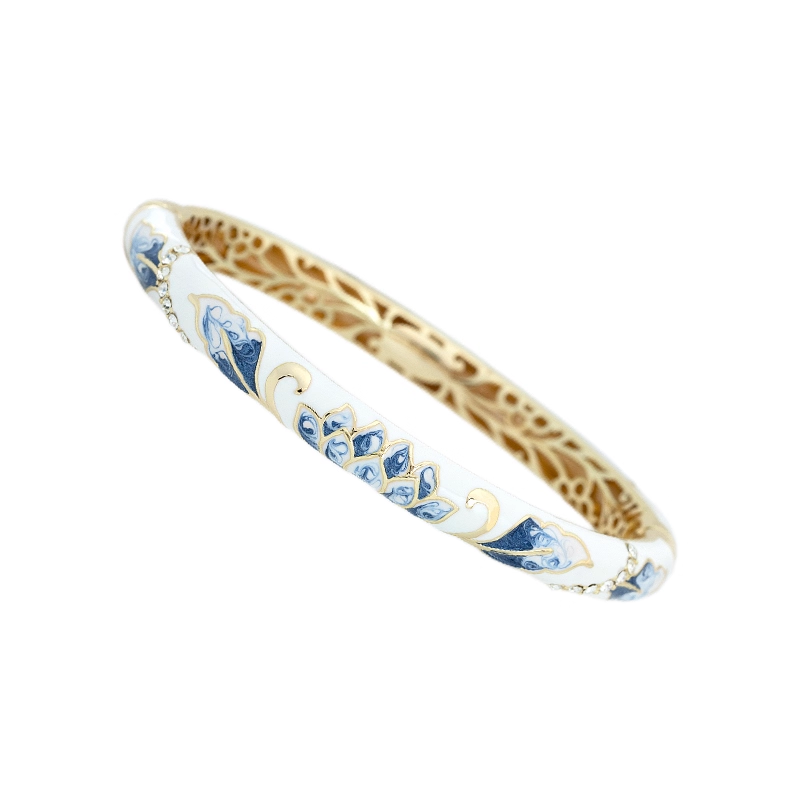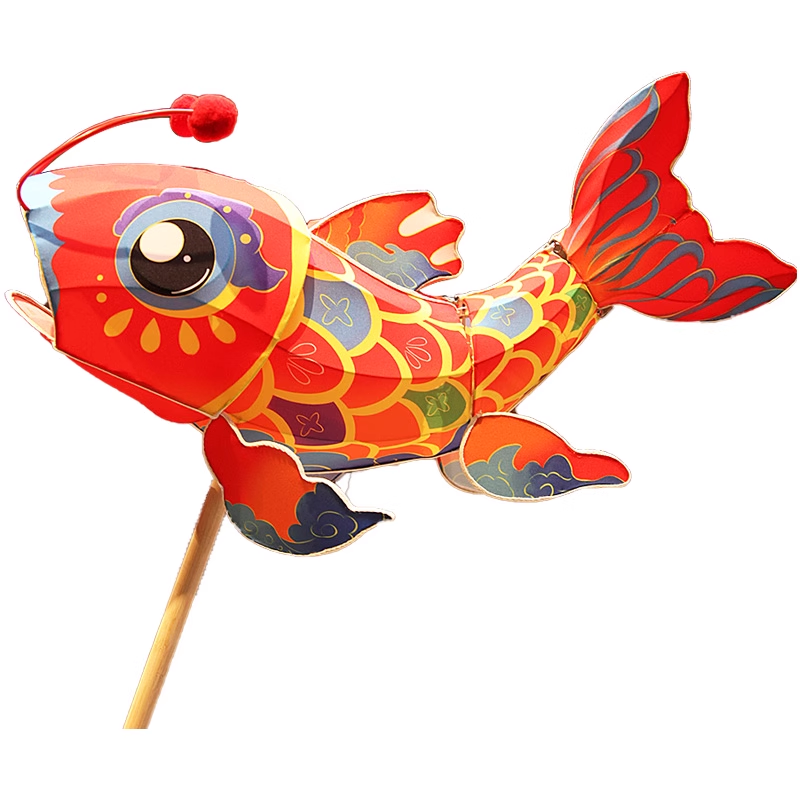Ink Ingot: A Millennium of Ink Fragrance, The Oriental Ink Soul Condensed in Literary Spirit
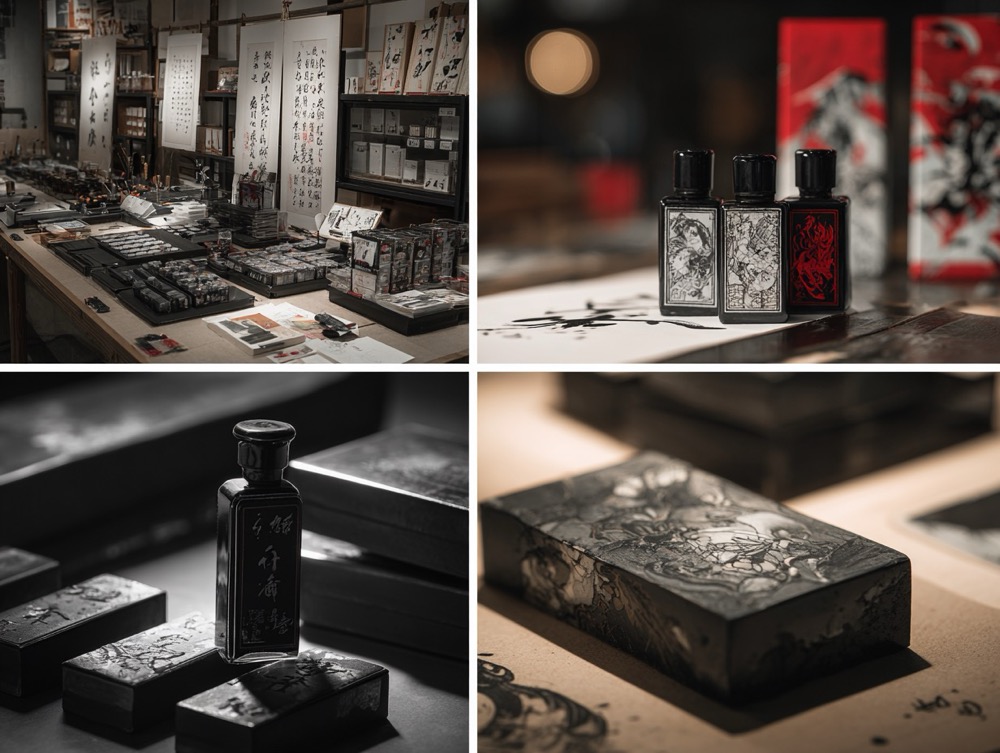
Among the “Four Treasures of the Study” in traditional Chinese culture, the ink ingot stands out as a vital carrier of Oriental calligraphy and painting art, renowned for its qualities of “black as lacquer, firm as jade, and fragrant as orchid”. This craft, which uses pine soot, paulownia soot, or oil soot as raw materials and undergoes multiple processes including kneading, pounding, pressing, and air-drying, not only embodies the ancient Chinese pursuit of the “charm of ink” but also contains the spiritual core of “conveying virtues through literature”. Today, with its mellow ink fragrance, it still conveys the unique charm of traditional Chinese culture to the world.
The history of ink ingots can be traced back to the Neolithic Age, when ancient ancestors used natural graphite for writing. In the Shang Dynasty, the prototype of man-made ink—”graphite pills”—emerged. From the Warring States Period to the Han Dynasty, “pine-soot ink” came into being; the pine-soot ink unearthed from the Qin Tomb at Shuihudi in Yunmeng, Hubei Province, bears witness to the maturity of early ink-making techniques. The Tang Dynasty marked the golden age of ink ingots. The famous ink-making masters Xi Chao and his son Xi Tinggui improved the craft: using pine soot from Huangshan Mountain as raw material and adding precious additives such as pearls and musk, they created “Huizhou ink”, which had a dark and moist luster and retained its quality over time. Emperor Li Yu of the Southern Tang Dynasty appointed Xi Tinggui as the “Ink Affairs Official”, and since then, Huizhou ink has been regarded as the finest among all inks. In the Song Dynasty, literati were deeply involved in ink-making; masters like Su Shi and Huang Tingjian not only loved ink but also participated in the design of ink ingots, transforming ink ingots from practical tools into elegant objects for scholars. During this period, “oil-soot ink” rose to prominence: made by burning vegetable oils such as tung oil and rapeseed oil to collect soot, it had a darker and brighter color, which was well-suited to the ink-absorbing property of Xuan paper. The Ming and Qing dynasties saw ink-ingot craftsmanship reach its peak, with Huizhou ink, Huzhou ink (from Huzhou, Zhejiang Province), and Xuanzhou ink (from Xuancheng, Anhui Province) forming a “tripartite balance”. Ink ingots not only came in a rich variety (such as imperial tribute ink, gift ink, and collection ink) but also integrated carving and painting art, becoming artworks that “can be appreciated, collected, and used”. The “Imperial Ink Ingot Set of Yuanmingyuan Scenery” from the Qianlong reign period, a set of twelve ingots each carved with a scene from Yuanmingyuan Garden, is regarded as a treasure among ink ingots.
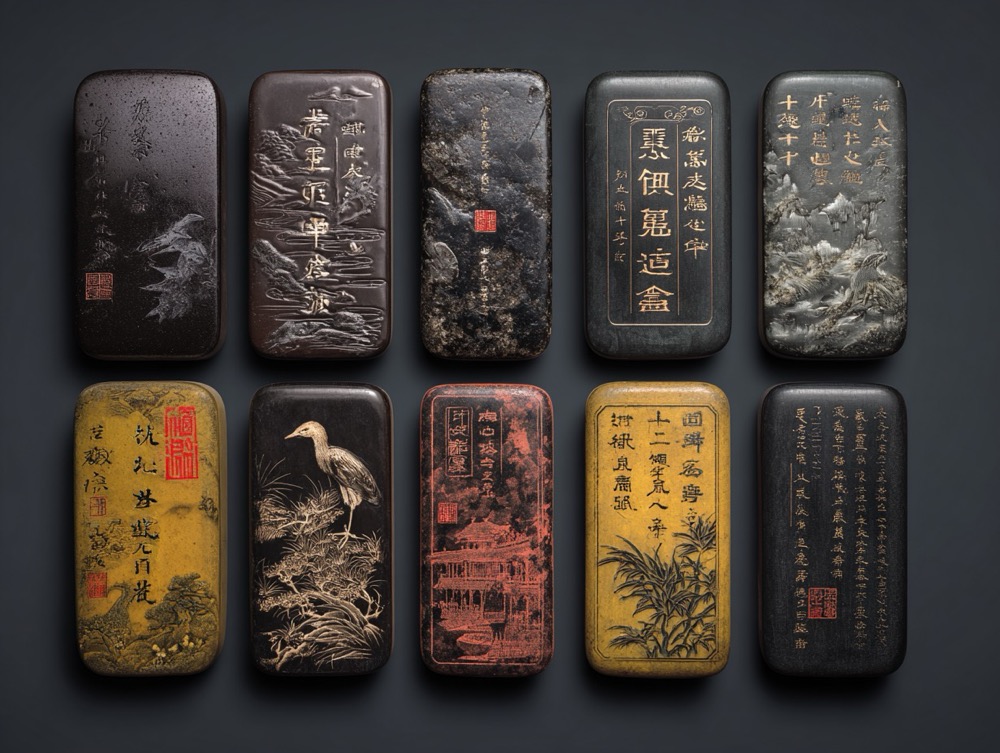
The charm of ink ingots first lies in the strict selection of raw materials and the complex production process. The quality of the core raw material—”soot”—directly determines the grade of the ink ingot: Pine-soot ink is made by collecting soot from the burning of old pine trunks; its fine soot particles produce a calm ink color, making it suitable for writing regular script and official script. Oil-soot ink is made by collecting soot from the burning of vegetable oils; it has a darker and brighter color with rich gradations of ink charm, making it ideal for freehand calligraphy and painting. The addition of additives is the “finishing touch”: craftsmen add bone glue (to enhance adhesion), musk (to prevent corrosion and add fragrance), pearl powder (to brighten the ink color), and gold foil (to improve texture) according to needs. Some high-quality ink ingots even incorporate mineral pigments such as cinnabar and realgar to create colored ink ingots. From raw materials to finished products, ink ingots go through seven core processes—”soot collection, material mixing, kneading, ingot shaping, mold pressing, air-drying, and polishing”—and take several months to several years to complete: Soot collection requires controlling the fire temperature and wind direction to ensure pure soot; Material mixing involves blending soot with glue and additives in precise proportions, followed by repeated kneading until the mixture is “as smooth as grease”; Ingot shaping and mold pressing use molds to press the ink mixture into shapes such as squares, circles, and rectangles, ensuring the patterns on the molds are clear and complete; Air-drying is a crucial step: ink ingots need to be slowly dried in a well-ventilated and shaded environment; rapid drying can cause cracks, and this process often takes more than half a year; Finally, polishing makes the surface of the ink ingot smooth and lustrous, highlighting its texture and color.

Ink ingots come in a wide variety, each adapted to different calligraphy and painting needs and usage scenarios. Classified by raw material, “pine-soot ink” and “oil-soot ink” are the main types: pine-soot ink is suitable for daily writing and meticulous painting, while oil-soot ink is suitable for calligraphy and painting creation. Classified by purpose, “practical ink” has a solid texture and an affordable price, making it suitable for daily use; “imperial tribute ink” is exquisitely made with high-quality materials, exclusively for the royal family; “gift ink” has an elegant shape and packaging, often carved with auspicious patterns or poems, making it suitable for gifting; “collection ink” is mostly made by famous masters, integrates carving and painting art, and is released in limited quantities, boasting both artistic and collection value. Classified by shape, ink ingots include “square ink”, “round ink”, “long ink”, and “special-shaped ink”; special-shaped ink often imitates the shapes of plants, animals, or utensils, such as “bamboo-joint ink”, “pine-branch ink”, and “gourd ink”, which are both practical and ornamental.
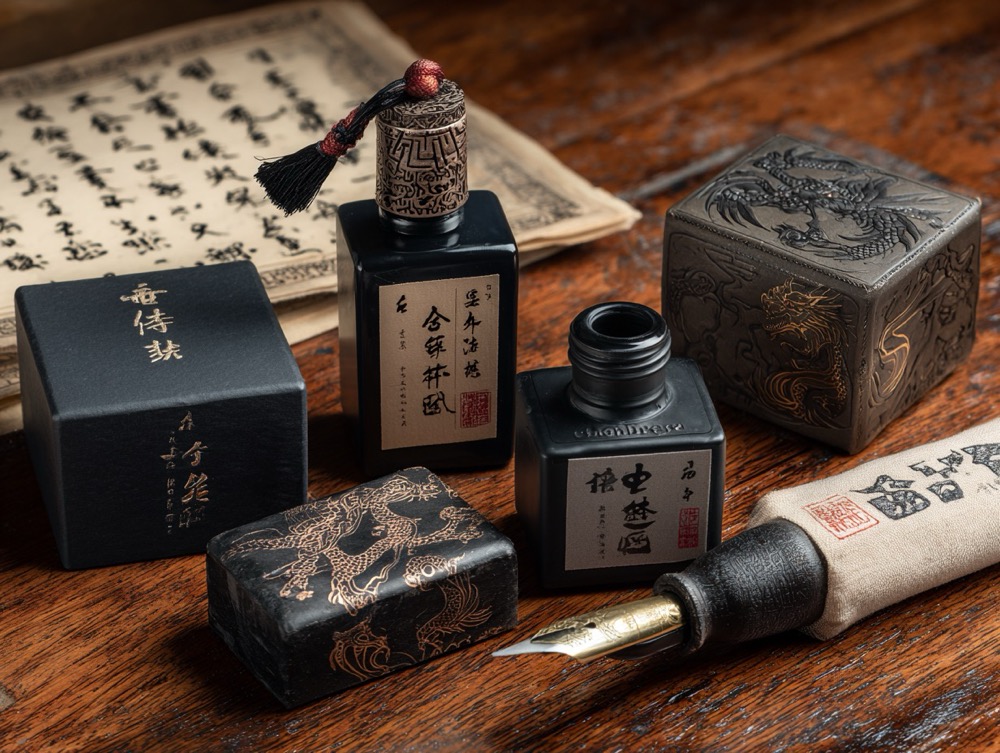
Ink ingots are not only writing tools but also carry profound cultural significance. In Chinese calligraphy and painting art, the “ink color variation” of ink ingots is the core of artistic expression. By adjusting the grinding force and the amount of water, five ink shades—”burnt, dense, heavy, light, and clear”—can be achieved. Painters can use ink to replace colors, showing the layering of landscapes and the charm of figures. This artistic concept of “taking ink as the soul” is a unique expression of Oriental aesthetics. Literati of all dynasties had a special affection for ink ingots: Mi Fu “collected ten thousand ink ingots”, and Dong Qichang spared no expense to obtain high-quality ink. Ink ingots became an important spiritual sustenance for literati, embodying their aspiration to “cultivate oneself, manage the family, govern the country, and bring peace to the world”.

In modern times, ink ingots have not faded with the changes of the times but have gained new vitality through inheritance and innovation. On one hand, traditional ink-making techniques are systematically protected: in 2006, the “Huizhou Ink-Making Technique” was included in the National Intangible Cultural Heritage List. Ink-making inheritance bases have been established in Shexian County and Jixi County of Anhui Province, where veteran craftsmen pass down core techniques such as soot collection, material mixing, and ingot shaping to the younger generation through the “master-apprentice” model. On the other hand, innovations in ink ingots continue to emerge: craftsmen have developed “portable ink ingots” and “mini ink ingots” suitable for modern life, and launched cultural and creative ink ingots integrated with modern design (such as ink ingots carved with anime characters and festival elements), bringing traditional ink ingots to young people. At the same time, ink ingots have been integrated into contemporary art, becoming an important element in installation art and calligraphy exhibitions, endowing them with new cultural expressions. In addition, ink ingots have been repeatedly used as “national gifts” for foreign heads of state; for example, the “Huizhou Ink Set” presented to international friends showcases the charm of Chinese culture to the world. In international cultural exhibitions, ink ingots are displayed together with calligraphy and painting works, becoming a cross-border cultural symbol.
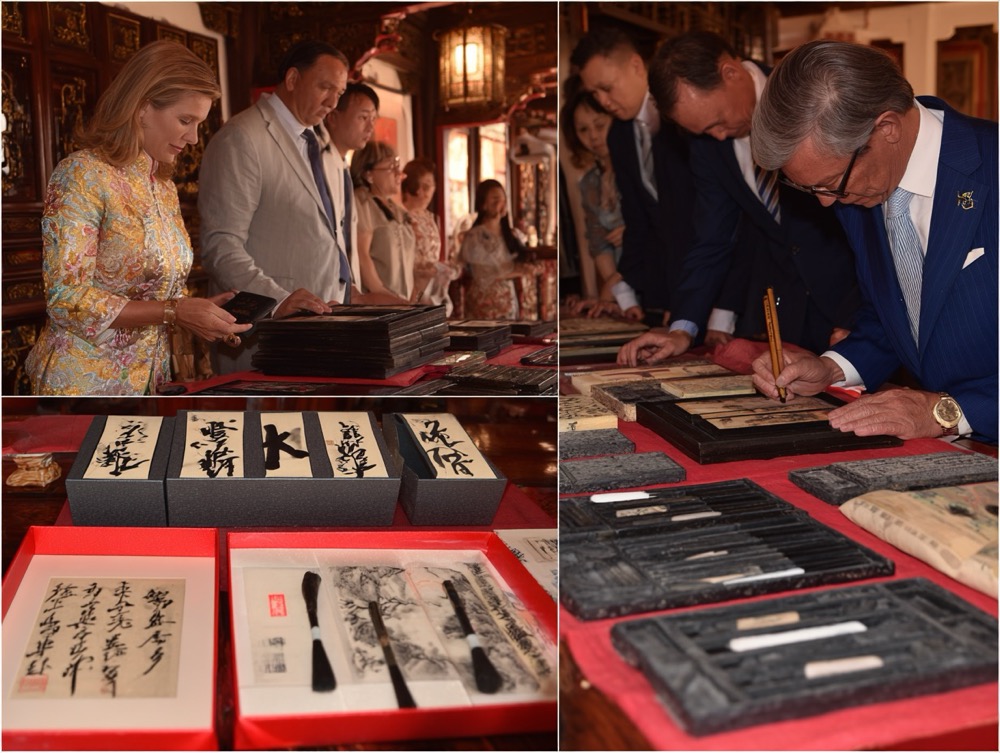
From the “Huizhou ink” of the Tang Dynasty to the “imperial ink” of the Ming and Qing dynasties, and to the modern cultural and creative ink ingots of today, ink ingots have always taken soot as their soul and glue as their backbone, interpreting the Chinese people’s pursuit of culture and beauty. It is not just a small piece of ink but a series of vivid historical memories and an enduring cultural heritage. In the new era, with its Oriental ink soul accumulated over a thousand years, the ink ingot transcends time, space, and national borders, telling the immortal legend of Chinese ink-making art to the world.
